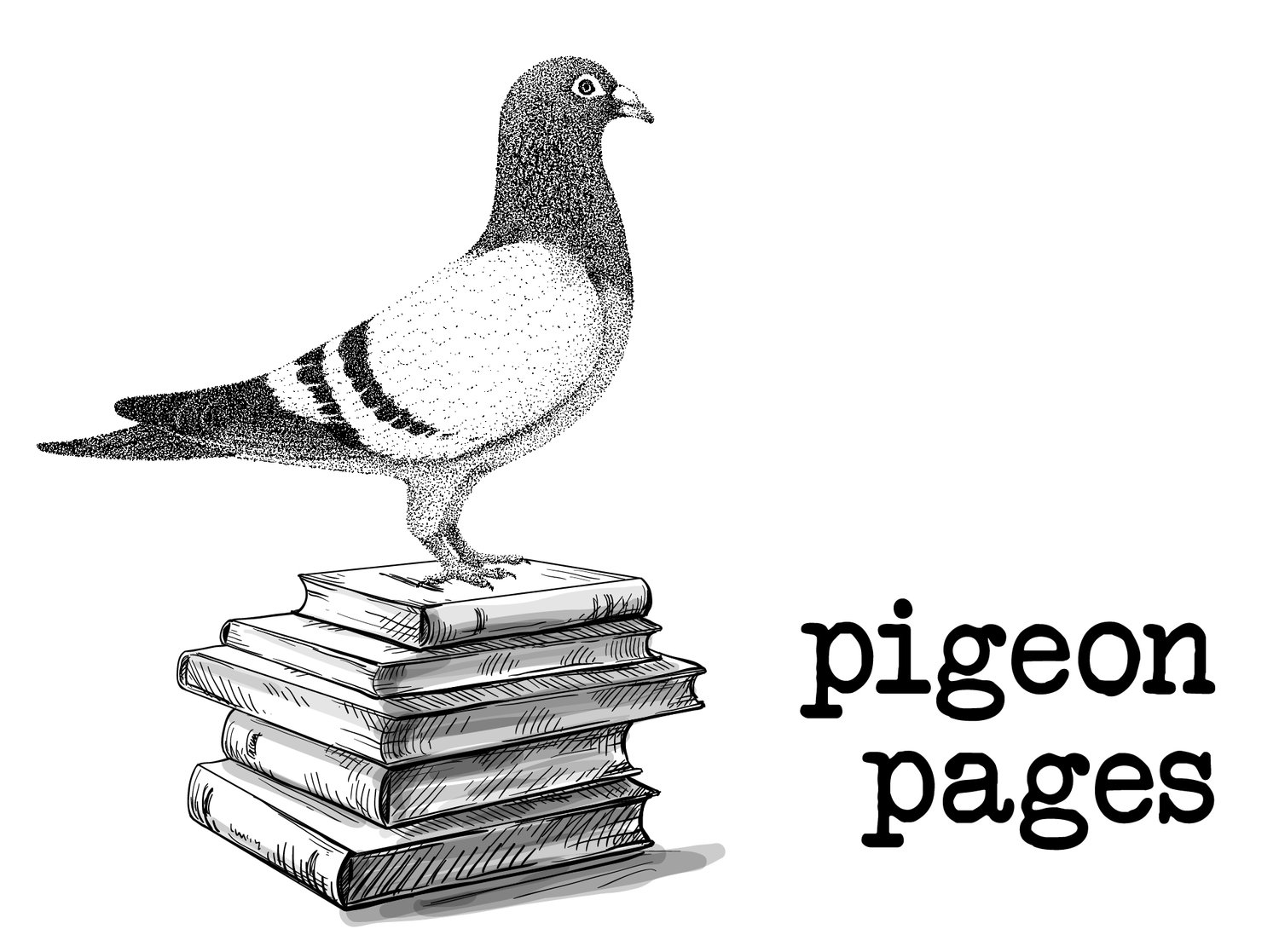Ranee Henderson, I-I didn’t mind, 2014. Oil on canvas, 32” x 26”. Courtesy of the artist.
What We Remember
by Caits Meissner
Picture for a moment that black lab
gunning down the open road, chasing
towards us, 1983 wheels rolling
new pavement, deep country,
windows down and no other
cars at all, not one in the time
before I saw the soul leap from the dog’s eyes,
just before that terrible smack—
—and then what? We left it there.
No one was around and I hated to do it
but we were in this strange stretch
of non-town before cell phones or common sense.
I didn’t think too much about the dog’s keeper,
if they were the kind of person who thought
of themselves as an owner or companion,
or if there was a child involved in the loving,
maybe small or maybe nearly grown, like me.
It sounded cold and numb, the way I didn’t know details
about blood or the size of the body, or grief—
I never had a dog growing up. I had barely lost anyone.
Maybe a Golden Retriever, actually,
the wind pushing back his hair like a lion. Soul leaping.
Anya died, struck by lightning
on the top of a mountain. Then that terrible call.
Did we make it to the memorial after all?
That part is shot memory, what happened after
I reached over to turn off the heat blaring
in the middle of summer—why was it blaring
in the middle of summer?—that old auto funk
rising from the vents, coughing into the dust of sun,
and the radio with no tape deck,
Dan on duty, skipping between static
to find something classic we could sing along to
and then the rocket spark of guard rail sawing
the tire’s hipbone, the borrowed car, an old hooptie,
that—thank god—did not belong to my parents
and my friend, Dan—I did see his eyes—terrified
and drained of maybe-soul in slow motion.
Friends, do we believe in soul?
When dad hit a deer the summer before,
he came home crying, mourning his role
in the creature’s death. The weight
of man. Of being man. Now I was
crying, too. That phantom dog had to come
padding up the road, to offer as scapegoat
something other than my own clumsy arrogance,
flashing new license in hand. I cried for myself,
selfish selfish, fingers pulling at my hair,
sitting on gravel to keep the world from spinning off
its axis, 40 bucks in my pocket for gas
and pizza and that stupid beautiful dog with its
lush invented coat, its glistening-vacant black eyes.
No one was dead, except my sweet Anya,
Anya whose memorial I can’t remember.
But the altar at the foot of the limp paws grew
in my mind, covered in flowers—carnations,
black-eyed susans, peonies, lilies, flowers
I could name thanks to Mom’s garden.
I was thinking of the child wrapped over
the animal’s limp body, because I had decided
there was a child after all. It must be a sin, I thought then,
and still think now, to kill a breathing thing,
a thing who was loved, even with only the breath
of your own imagination, even if a ridiculous fiction.
Published May 17th, 2020
Caits Meissner is the author of the illustrated hybrid poetry book Let It Die Hungry (The Operating System, 2016). Her latest projects include the DIY comix poetry zine Pep Talks For Broke(n) People and a comix vignette series, New York Strange, publishing monthly in Hobart journal throughout 2020. She currently is the inaugural Palette Poetry Second Book Fellow and spends her days as the Prison and Justice Writing Program Director at PEN America.
Ranee Henderson is a Nebraska-born artist currently based in Los Angeles. Henderson received a BFA from Emily Carr University of Art & Design in Canada, and a second BFA from Art Center College of Design in Pasadena. She also attended the Milton Avery Graduate School of the Arts at Bard College and the Skowhegan School of Painting & Sculpture. For the last ten years, Henderson has exhibited widely in California, New York and Canada. Henderson’s work is currently on show as part of the Future Fair Online with Rubber Factory and as part of group shows at Rubber Factory and Callicoon Fine Arts online.

